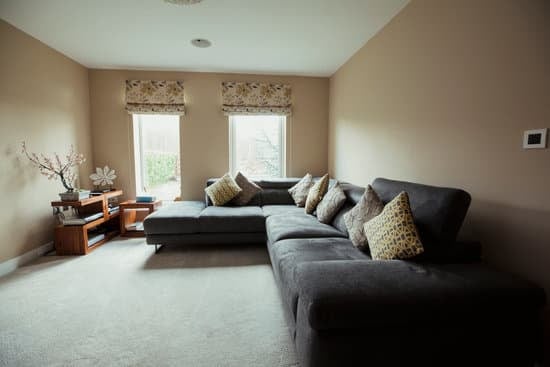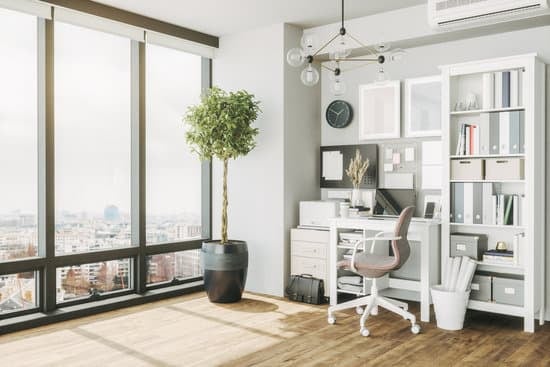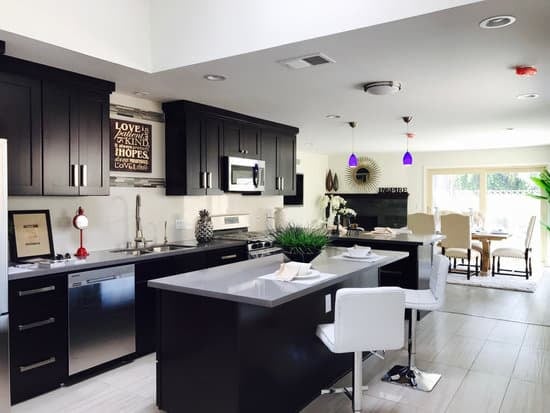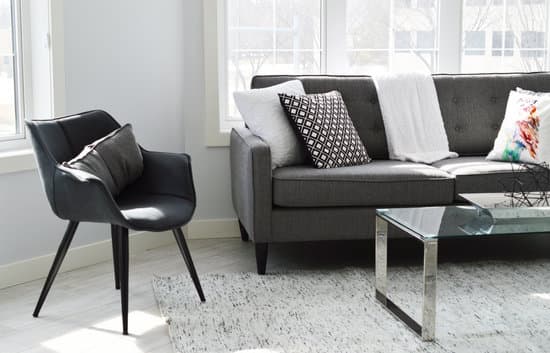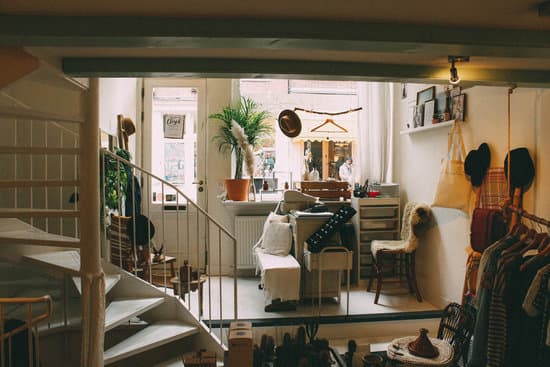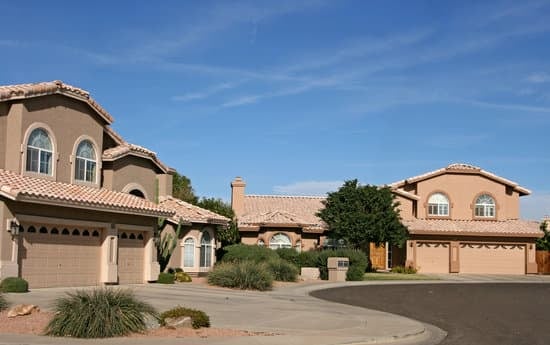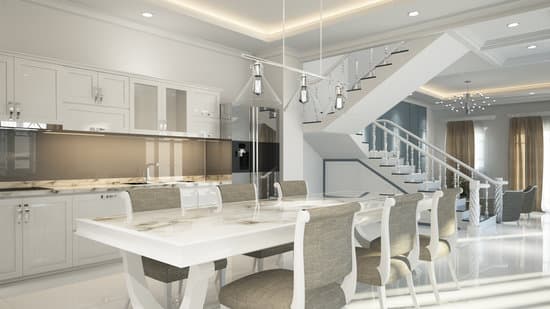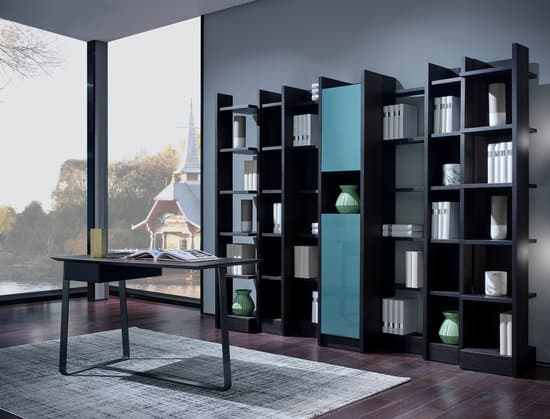When it comes to covering up imperfections on your walls, choosing the right paint finish can make a significant difference. While there are several options available in the market, flat paint stands out as the best choice for this job. Below are the reasons why:
Soft matte appearance: The primary reason flat paints are ideal for covering imperfections is due to their soft matte finish. This means that the paint doesn’t reflect much light, making it challenging to spot any bumps or flaws on the walls.
Camouflages flaws: Another advantage of flat paint is its ability to conceal wall imperfections. The high pigmentation level of the paint ensures that small holes, cracks, or dents on the wall become less visible, resulting in a uniform look.
Hides touch-ups: Touch-ups on walls tend to stand out, especially when using glossy or semi-gloss paint. However, flat paint blends well with previously painted surfaces, making touch-ups nearly invisible.
In conclusion, if you want to cover imperfections on your walls, flat paint is the best option to choose. With its soft matte appearance, ability to camouflage flaws, and seamless touch-up abilities, you can rest assured of a beautiful finish that hides all the imperfections.






